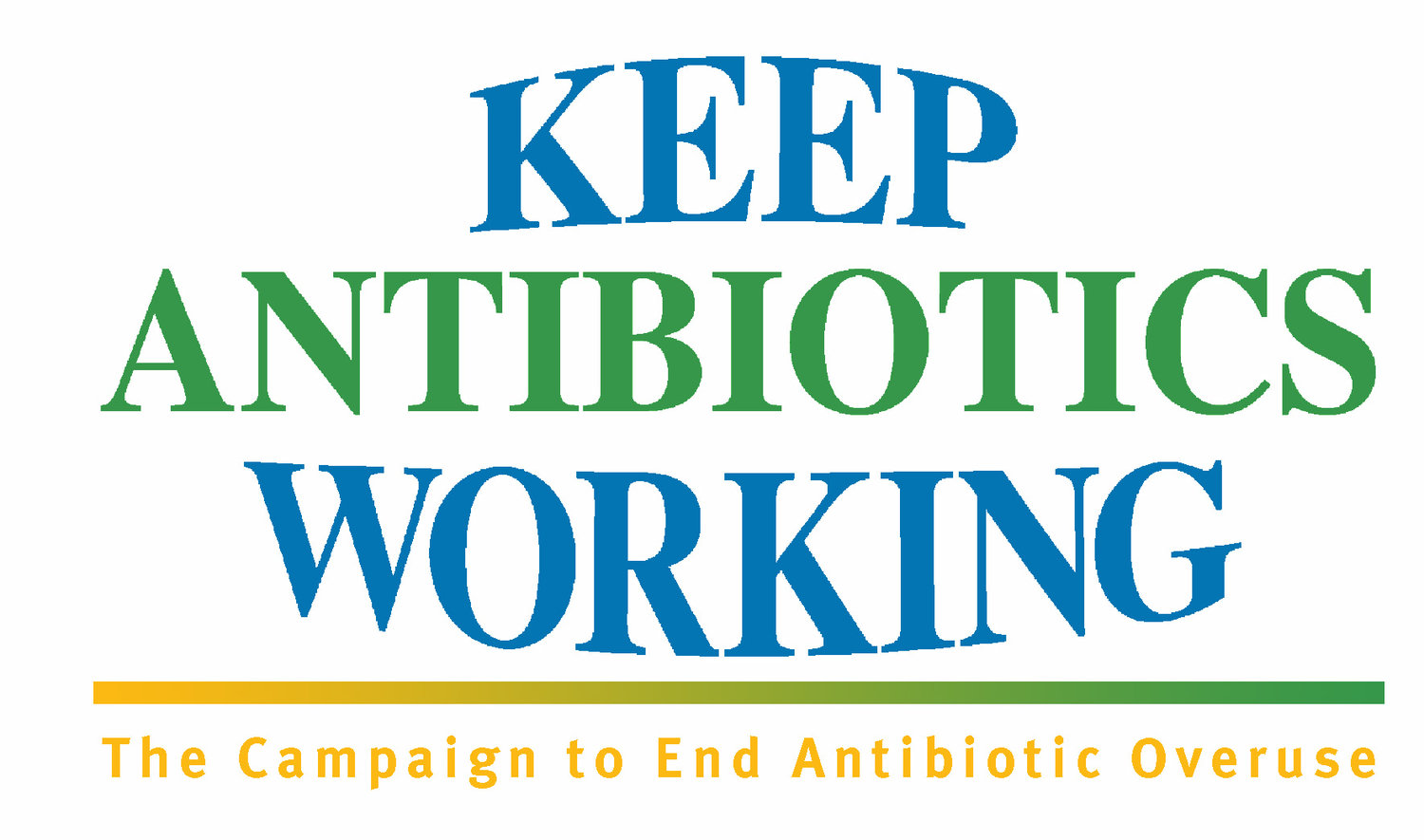Madeleine kleven and STEVE ROACH, SAFE & HEALTHY FOOD PROGRAM associate & DIRECTOR, FOOD ANIMAL CONCERNS TRUST
A lot of different chemicals and drugs are used in industrial animal agriculture as the meat industry is highly chemically dependent. Medically important antibiotics are one group of drugs that the meat industry relies upon and these can create a real problem when overused. Medically important antibiotics are antibiotics that are used in both animal agriculture and human medicine. When resistance develops to these drugs it is dangerous because they are used to treat everything from eye infections and burns to critical respiratory diseases and surgical infections in people. Currently, we have the opportunity to tell the FDA that we need to preserve these medically important antibiotics for human and animal health.
About ⅔ of all U.S. sales of medically important antibiotics are sold for use in food-producing animals not for treating sick people, and when these antibiotics are overused in industrial agriculture, resistant superbugs can develop and spread on farms. This not only makes it harder to treat sick animals, but as these superbugs spread to people, it makes it harder to treat sick people as well, leading to longer, more serious illness, more hospitalizations, and in some cases more people dying.
In 2003, the FDA released a guidance (see Appendix A of Guidance for Industry #152) that identified which drugs were considered medically important and then further ranked different medically important drugs by how important they are to human medicine. The FDA recognized that using these drugs in animals could make them less effective for treating sick people so the rankings were designed to limit how much the drugs could be used in animals (greater restrictions exist on drugs that are more important). For example, the FDA recommended that the most important drugs not be used for more than 21 days in groups of animals.
The ranking helped with new drug approvals and was later used to determine whether an animal antibiotic required a veterinarian's order or could be fed to animals to make them grow faster. A whopping 17 years later, in 2020, the FDA finally proposed updated criteria for ranking antibiotics and released a new draft list for public comment. The FDA in December 2022 published a draft guidance based on the comments received, though it was barely changed from 2020, so we’re not quite sure why it took two years. Either way, after nearly two decades of new drug approvals, data on antibiotic resistance threats, and information on superbugs we are overjoyed that the FDA is moving forward with this tool to help limit the overuse of antibiotics in animal agriculture. The FDA is now accepting comments.
Overall, FACT is in support of the proposed criteria. According to the new criteria a drug will be considered “medically important” if it is used to treat bacterial infections in humans. This covers more drugs than the criteria the FDA used in 2003. However, the FDA has applied these criteria inconsistently and has excluded bacitracin from the list of medically important antibiotics, despite its use in humans to treat surface skin infections, infected scrapes, infected burns, and eye infections. Recent studies have also demonstrated that the use of bacitracin in industrial agriculture can facilitate resistance to other medically important antibiotics through co-selection and cross-resistance. Bacitracin use and bacitracin resistant genes can trigger resistance to drugs like colistin, erythromycin, tetracycline and others. These drugs are very important for treating dangerous and sometimes life-threatening illnesses in humans.
Lastly, the FDA should explicitly state a timeline and process for updating the list and criteria every few years based on developing scientific evidence and changes in resistance patterns. Currently, the FDA very vaguely states the need for “periodic assessment of rankings”. Over twenty years will have passed from the time FDA established the list, to it being formally updated. That is absurd. The FDA needs a set timeline for updating the list, so they are held accountable to updating it before another twenty years has passed and more people have been sickened and killed from resistant infections.
Please join FACT and write to the FDA to tell them you support their criteria and that they need to include bacitracin in the list of medically important antimicrobials and hold themselves accountable to a set timeline for updating the list of medically important antibiotics on a regular basis.

